Muon-induced background in the KATRIN main spectrometer
Author
| Arenz M. | University of Bonn, Germany |
| Dragoun Otokar, Ing. DrSc. | Nuclear Physics Institute of the ASCR |
| Kovalík Alojz, Ing. DrSc. | Nuclear Physics Institute of the ASCR, JINR Dubna |
| Vénos Drahoslav, Mgr. CSc. | Nuclear Physics Institute of the ASCR |
| et al. | different institutions |
Year
2019
Scientific journal
ASTROPARTICLE PHYSICS 108 40-49
Web
Abstract
The KArlsruhe TRItium Neutrino (KATRIN) experiment aims to make a model-independent determination of the effective electron antineutrino mass with a sensitivity of 0.2 eV/c(2). It investigates the kinematics of beta-particles from tritium beta-decay close to the endpoint of the energy spectrum. Because the KATRIN main spectrometer (MS) is located above ground, muon-induced backgrounds are of particular concern. Coincidence measurements with the MS and a scintillator-based muon detector system confirmed the model of secondary electron production by cosmic-ray muons inside the MS. Correlation measurements with the same setup showed that about 12% of secondary electrons emitted from the inner surface are induced by cosmic-ray muons, with approximately one secondary electron produced for every 17 muon crossings. However, the magnetic and electrostatic shielding of the MS is able to efficiently suppress these electrons, and we find that muons are responsible for less than 17% (90% confidence level) of the overall MS background. (C) 2019 The Authors. Published by Elsevier B.V.
Cite article as:
M. Arenz, O. Dragoun, A. Kovalík, D. Vénos, . et al., "Muon-induced background in the KATRIN main spectrometer ", ASTROPARTICLE PHYSICS 108 40-49 (2019)


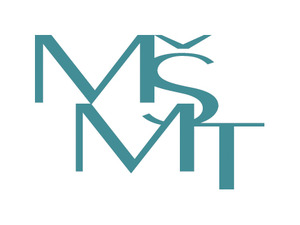 MINISTR ŠKOLSTVÍ KE SPOLUPRÁCI ČR S SÚJV
MINISTR ŠKOLSTVÍ KE SPOLUPRÁCI ČR S SÚJV INTEREST JINR, Wave 6
INTEREST JINR, Wave 6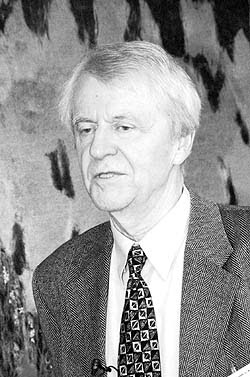 The passing of Ivo Zvára
The passing of Ivo Zvára Call for the projects solved in collaboration with JINR (Projects 3+3)
Call for the projects solved in collaboration with JINR (Projects 3+3)  Call for the Grants of the Plenipotentiary of the Government of the Czech Republic in JINR
Call for the Grants of the Plenipotentiary of the Government of the Czech Republic in JINR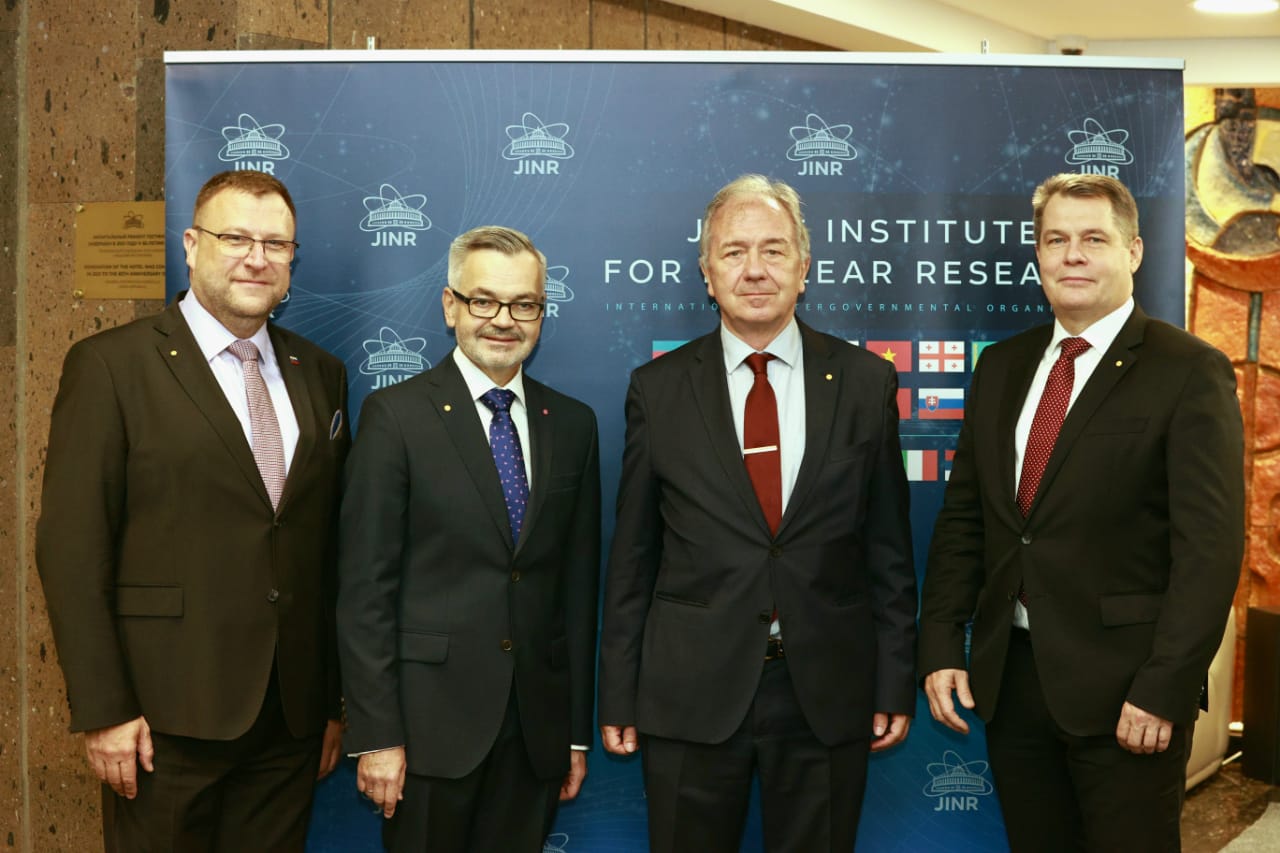 Czech Ambassador in Russia visited JINR
Czech Ambassador in Russia visited JINR INTEREST JINR, Wave 5
INTEREST JINR, Wave 5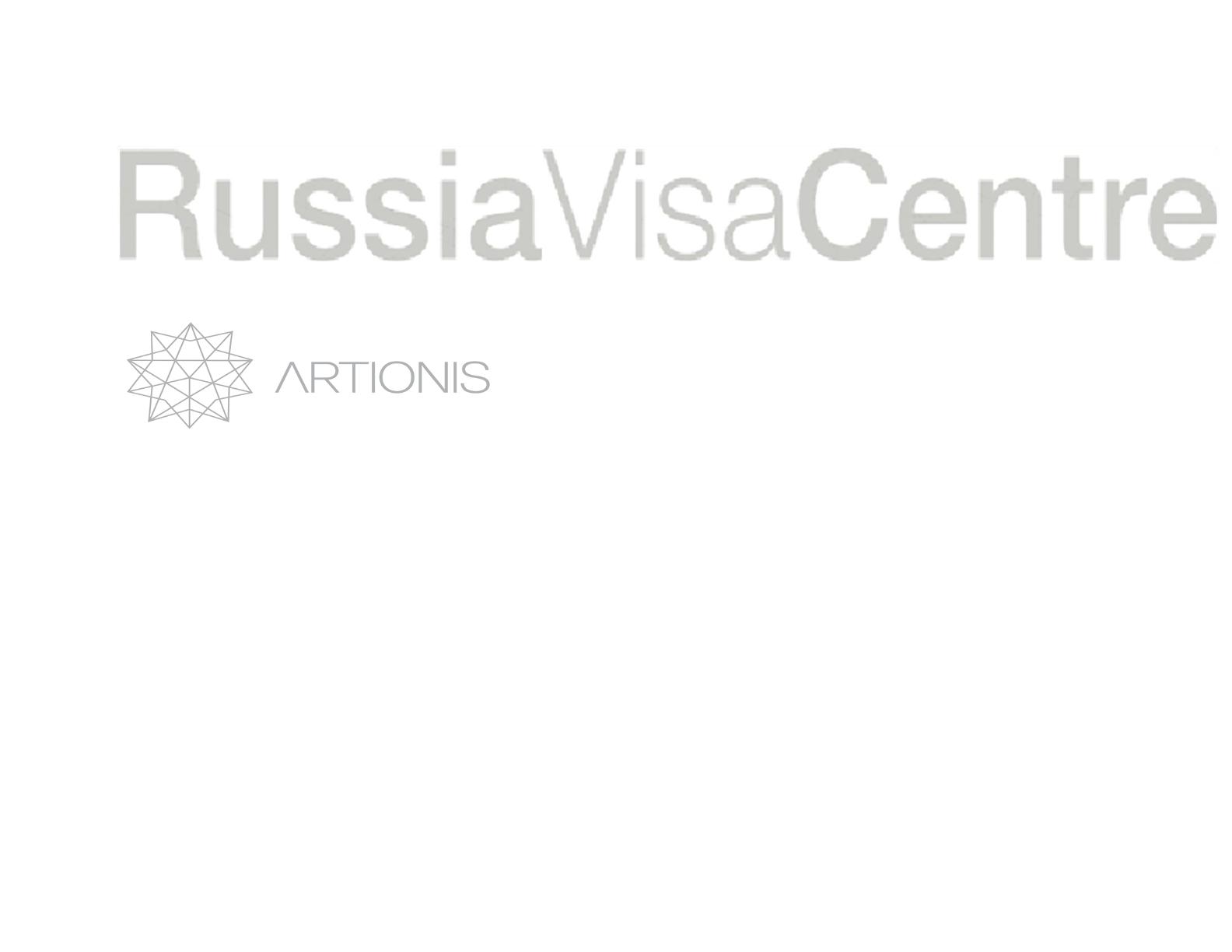 Russia Visa Centre
Russia Visa Centre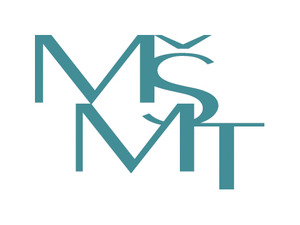 Working Stays CR - JINR 2022
Working Stays CR - JINR 2022